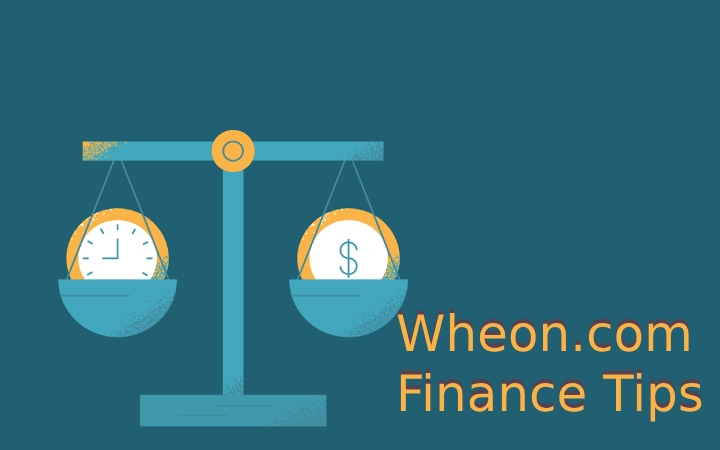Sustainable Construction In 2023

The construction industry, by its nature, is one of the main consumers of natural resources. And with the growing concern of climate change, sustainable construction is born.
So if you were wondering, YES there is increasing pressure on the construction industry from the government and some private sectors to minimize their environmental impact.
And while there are some challenges involved in adopting sustainable construction methods, there are also many great benefits to adopting these methods.
First of all, let’s know the exact definition of the concept of “sustainable construction“.
What Is Sustainable Construction? Because It Is Important?
Sustainable construction refers to the practice of designing and building real estate products in ways that minimize their environmental impact and maximize their energy efficiency.
As the title itself indicates, recyclable and renewable materials are used in construction projects and minimize energy consumption and waste production.
And this does not end after the completion of the construction project, since the design of the building itself must have a minimal impact on the environment during the useful life of the structure.
To achieve this minimal impact, solar panels, and proper insulation are used to prevent heat loss, and minimize the consumption of energy from the grid that comes mainly from fossil fuels and long-life building materials.
Sustainable construction has become increasingly important in recent years due to the growing interest in environmental sustainability. Buildings are responsible for a large amount of greenhouse gas emissions, energy consumption, and use of natural resources. Sustainable construction seeks to reduce these impacts and create buildings that are more efficient and less harmful to the environment.
Also Read: Labour Dispute Resolution: Complete Guide For 2023
Types And Materials Of Sustainable Construction
Different types of sustainable construction can be used to reduce the environmental impact of real estate products and structures. Here are some examples:
1. Construction With Sustainable Materials: Sustainable materials are those that are produced responsibly and do not deplete natural resources. Some examples include wood certified by the Forest Stewardship Council (FSC), bricks made from recycled materials, and insulation materials made from recycled or renewable materials, within our associates we have professional business suppliers such as Abriganature, with Thermal insulation – SATE system (natural cork) Passivhaus- sustainable construction.
2. Passive Design: Natural light and natural ventilation are used to reduce energy consumption in the building. Orientation strategies, window placement, and building materials that effectively retain or reflect heat can be used.
3. Energy Efficiency: Energy-efficient buildings use less energy to heat, cool, and light the building. This can be achieved through the installation of adequate insulation, the selection of energy-efficient lighting and heating equipment, and the use of renewable energy, such as solar panels or wind turbines. A reference within our network of entrepreneurs is in the Basque Country. EFINER energy solutions in the North of Spain and INSEFIC in the Valencian community.
4.Green Construction: A combination of sustainable practices are used, such as sustainable materials, passive design, energy efficiency, and reduction of waste and emissions.
5. Modular Construction: Buildings are constructed from factory-prefabricated modules, reducing material and energy consumption on the construction site. You can also reduce construction waste and carbon footprint.
6. Earth construction: Raw earth or construction materials made from earth, such as adobe, are used to construct buildings and structures. These materials are sustainable and can be cheaper than other building materials.
7. Retrofit of Existing Buildings: The energy efficiency of existing buildings is improved through the installation of insulation, energy-efficient lighting, and heating equipment, and renewable energy sources.
These are just a few examples of sustainable building practices that can be used to reduce the environmental impact of real estate products. Combining these practices can help create more sustainable and energy-efficient buildings.
How To Obtain A Certificate Of Sustainability In The Construction Sector?
To obtain sustainability certificates in the construction sector, it is necessary to comply with certain requirements and standards established by the organizations that issue such certificates. Here are some points to keep in mind:
Selection Of Sustainable Materials: It is important to use materials that are renewable, recyclable, and non-toxic to human health and the environment.
Energy Efficiency: It is essential to implement energy efficiency measures in the design and construction of the building, such as the use of efficient lighting and heating equipment, the installation of thermal insulation, and the use of renewable energy sources.
Waste Management: A waste management plan must be established that includes the separation and recycling of construction materials and the reduction of waste on the construction site.
Indoor Air Quality: It is important to ensure that the air inside the building is healthy for its occupants, avoiding the use of toxic materials and improving ventilation and air quality.
Reduction Of Emissions: Measures must be taken to reduce greenhouse gas emissions during construction and use of the property, such as the use of construction materials with low CO2 emissions and the implementation of sustainable transport systems for workers of the construction.
Property Certification: It is necessary to obtain an internationally recognized sustainability certification, such as LEED (Leadership in Energy and Environmental Design), BREEAM (Building Environmental Assessment Method), or WELL (Building Standard Focused on human well-being).
Sustainable Maintenance: It is important to ensure that the property is maintained sustainably, using practices such as energy efficiency, waste management, and indoor air quality.
Meeting these requirements can be a lengthy and expensive process, but earning a sustainability certification is an important way to demonstrate a company’s or individual’s commitment to sustainability and environmental responsibility.
What Are The Sustainable Development Goals (SDGs)
The Sustainable Development Goals form the foundation for the ambitious 2030 Agenda, showcasing a unified vision of the future and ushering in a period of increased international cooperation. All 17 SDGs together paint an inspiring picture of the world we wish to have by 2030.
The Sustainable Development Goals (SDGs) provide an effective way to plan and monitor both national & local efforts of countries, companies, and individuals. With their long-term view, they can help guide each country in their journey towards sustainable development.
Are There Other Aids Or Subsidies For Sustainable Construction
Yes, different grants and programs can help finance and promote sustainable construction. Here are some examples:
1.Government Programs: Many governments offer tax incentive programs and grants to promote sustainable construction. These programs may vary from country to country and may include tax benefits for green building construction, incentives for renewable energy implementation, and reduced interest rate loan programs for green projects.
2. Sustainability Certifications: Earning a sustainability certification, such as LEED or BREEAM, can be one way to get financial help for sustainable construction. Some certifications offer financial incentives and tax breaks for certified buildings.
3. Non-Governmental Organizations: Some non-governmental organizations offer financing and technical assistance for sustainable construction projects. For example, the International Fund for Agricultural Development (IFAD) offers financing for sustainable construction projects in rural areas.
4. Investors and Private Financing: Investors and financial institutions may be willing to finance sustainable construction projects, as these projects may be more profitable in the long run due to reduced energy and maintenance costs.
5. Carbon Credit Programs: Some carbon credit programs offer financial incentives for green building projects that reduce greenhouse gas emissions.
It is important to research and evaluate all available financing options before beginning a green building project. Additionally, it is important to note that the initial costs of sustainable construction may be higher than those of conventional construction, but the long-term benefits may outweigh these additional costs.






